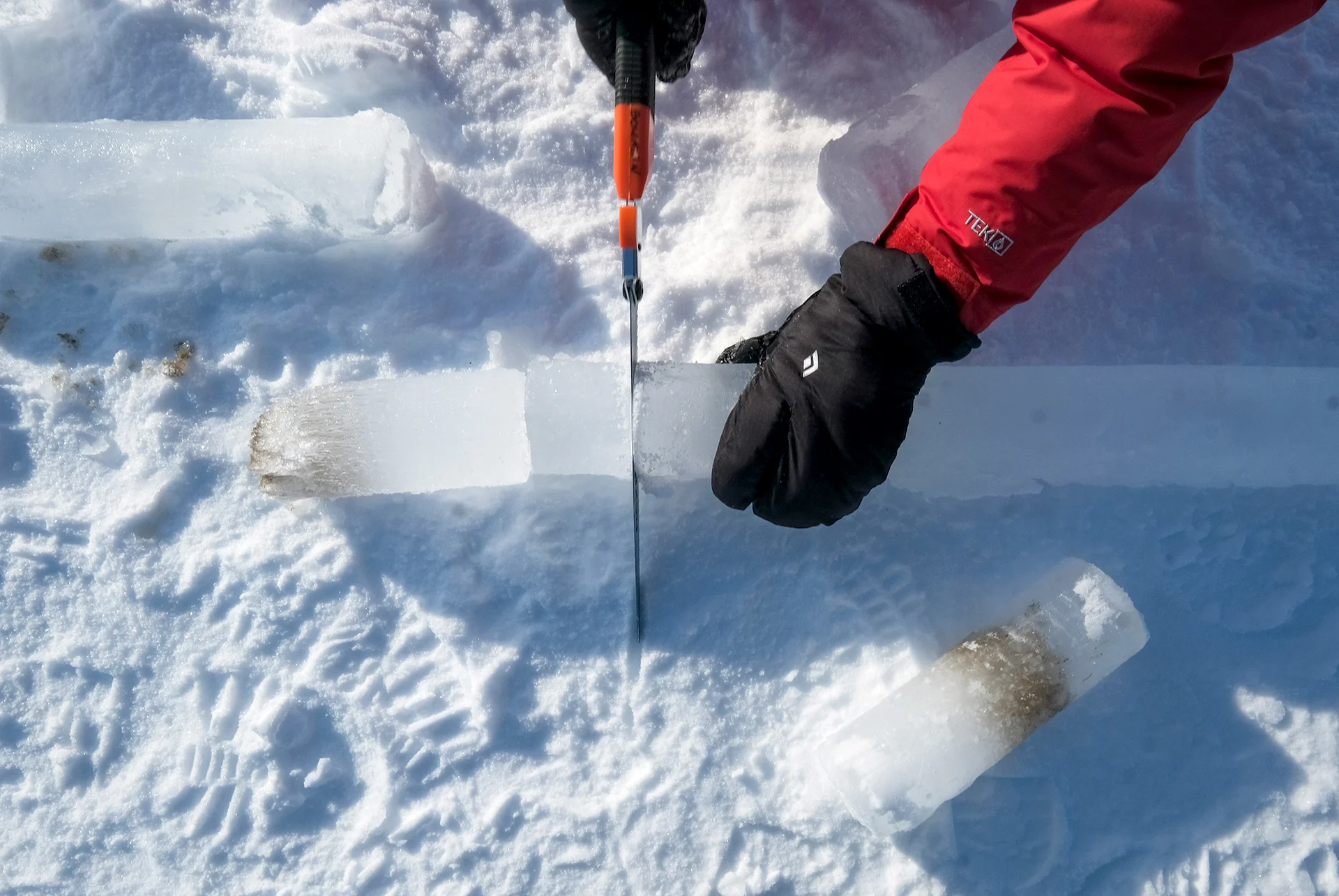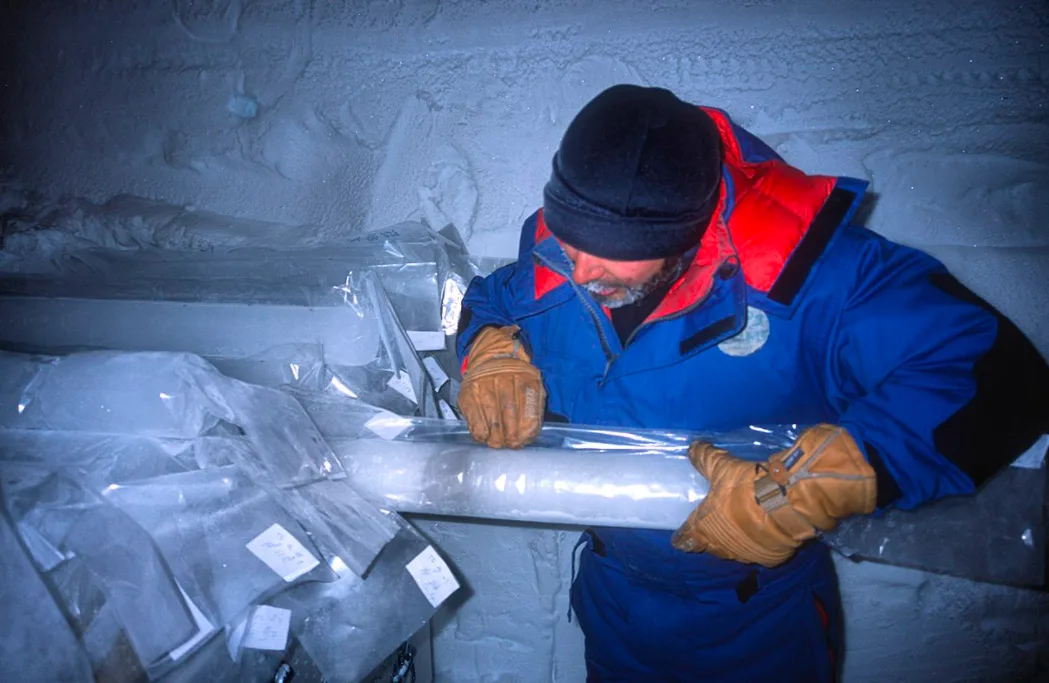
Antarctic ice reveals Martian mineral that's rarely found on Earth
Researchers say that the discovery of jarosite deep within Antarctic ice could have significant implications for how future ice cores are analyzed.
Researchers from the University of Milan knew that their mile-long ice core sample would reveal astonishing insight into Earth’s past, but their discovery of a Martian mineral could add to the mystery of Mars’ uniquely dry environment and could change how some ice core samples are interpreted.
An article posted in Nature Communications states that researchers have discovered jarosite inside a large ice dome in East Antarctica. The researchers were drilling several hundred metres deep into the Talos Dome to collect ice core samples and told Science magazine that they never expected to find jarosite crystals because it is a mineral that is abundant on Mars but rarely seen on Earth.
An ice core that was 1,620 metres long was extracted from the Talos Dome and is estimated to be approximately 153,000 years old, but the deepest part of the core could potentially contain information that extends back 250,000 years. There is visible volcanic ash and cloudy bands at the 1,439-metre mark on the core and the researchers say that some sediments trapped in the ice are from relatively close volcanoes.

An ice core that was extracted at Talos Dome in 2000 shows an ash layer corresponding to the Toba supervolcano eruption in Indonesia about 75,000 years ago. Credit: Dargaud/ Wikimedia Commons. (CC BY-SA 4.0)
The researchers say there are signs that some of the sediments trapped in the ice experienced distinct changes in their geologic structure, likely due to the pressure of all the ice above that part of the core and disturbances in the ice flow. Given all of these factors, the scientists conclude that the dust and ice chemically reacted to form jarosite.
Jarosite forms through a series of chemical reactions in settings where water is present. This mineral has been found on Mars during a variety of space exploration missions and scientists say that the presence of jarosite is evidence that there was once liquid water in this planet’s dry environment. The study says that the sediments experienced a number of chemical and physical changes deep inside of the ice, which could mean that ice contributed to the formation of Mars’ environment.
Given the new knowledge about how jarosite formed in Antarctic glaciers and how certain elements, such as iron, is impacted in deep ice, the study says that this could have implications for how certain minerals and compounds are dated, especially for researchers that are on the “quest for the oldest ice” on Earth.
CURIOSITIES HIDDEN WITHIN THE ICE
Martian minerals add to the list of peculiar discoveries made in giant masses of ice. A lost ‘Viking highway’ and artifacts were also revealed by melting glaciers in Norway. The researchers say that the ice in this region has been melting particularly quickly compared to other regions in Europe and that the increasing volume of archeological discoveries is a bittersweet impact of warming atmospheric temperatures.
While some glacier discoveries shed insight on ancient civilizations, some raise concerns about the potential health hazards they pose. A study that was published in the preprint server bioRxiv in January 2020 found dozens of viruses previously unknown to modern science in glaciers located in Central Asia. These glaciers are 15,000 years old and very little is known about their ability to survive and produce once the ice melts. The study warns that because glaciers around the world are rapidly shrinking, this could release microbes and viruses that have been trapped for tens to hundreds of thousands of years.
Thumbnail credit: The Washington Post. Getty Images.







